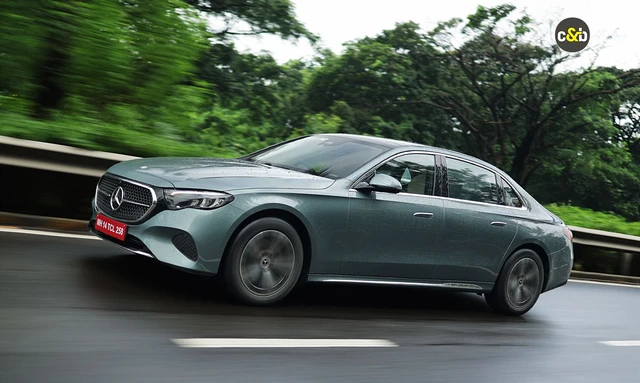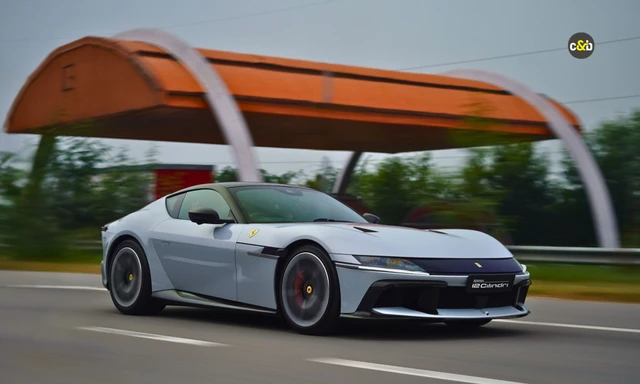Formula One Engines: The Story Behind Them

Modern F1 vehicles are estimated to have over 1000 horsepower. Despite this, F1 vehicles are highly safe to drive, have exceptional fuel mileage, and significant accidents on the racetrack are rare. When it comes to the quantity of power generated, the actual data is highly categorized by engine providers. Ferrari, Mercedes, Honda, and Renault are the latest F1 engine providers. Mercedes is considered to have the most horsepower (HP), followed by Ferrari, Renault and Honda.

Photo Credit: www.racecar-engineering.com
Short-stroke Engines
Short-stroke engines are used in Formula One vehicles. To function at high engine speeds, the stroke must be comparatively short to avoid catastrophic failure, which is most often caused by the connecting rod subjected to extremely high strains at these speeds. Due to the sheer short stroke, a larger bore is necessary to achieve a 1.6-litre displacement. As a result, the ignition stroke is less efficient, especially at lower rpm.

Photo Credit: www.grandprix247.com
A Formula One engine's high rpm output has been made feasible because of developments in metallurgy and design, which have allowed lighter pistons and connecting rods to resist the accelerations required to reach such high speeds. Thinner connecting rod ends and, as a result, narrower main bearings are possible because of improved design. This enables greater rpm with less bearing-damaging heat build-up. The piston moves from a virtual stop to nearly double the mean speed (about 40 m/s) for each stroke, then back to zero. This happens once for each of the cycle's four strokes: one intake (down), one compression (up), one power (ignition-down), and one exhaust (down) (up). At the top dead centre (TDC), the maximum piston acceleration is around 95,000 m/s2, or 10,000 times the force of gravity (10,000 g).
Components in Modern F1 Engines

Photo Credit: picolio.auto123.com
In modern F1 engines, there are six core components. The Internal Combustion Engine (ICE) is the most crucial component that connects the chassis to the transmission. The turbocharger (TC) is the second element controlling air density to boost engine output. Then there are kinetic (MGU-K) and heat (MGU-H) Motor Generator Units (MGU-H). When the automobile is braking, the MGU-K gathers and stores kinetic energy. MGU-H is attached to the turbocharger and uses waste energy from the exhaust to boost power. The Energy Store, which is found in modern V6 turbo engines, stores electric energy (ES). The fifth element is in charge of all the Control Electronics (CE) components.
Trending News
 1 min readEICMA 2025: 2026 Suzuki SV-7GX Unveiled
1 min readEICMA 2025: 2026 Suzuki SV-7GX Unveiled 2 mins readAprilia SR GT 400 Crossover Scooter Revealed
2 mins readAprilia SR GT 400 Crossover Scooter Revealed 1 min readMV Agusta Enduro Veloce Unveiled
1 min readMV Agusta Enduro Veloce Unveiled 1 min readEICMA 2025: Hero Hunk 440 SX Unveiled
1 min readEICMA 2025: Hero Hunk 440 SX Unveiled
Latest News
 car&bike Team | Nov 5, 2025EICMA 2025: 2026 Suzuki SV-7GX UnveiledThe Suzuki SV-7GX uses the 645cc v-twin engine from the iconic SV650 and the V-Strom 650 XT, updated to meet the latest Euro 5+ regulations.1 min read
car&bike Team | Nov 5, 2025EICMA 2025: 2026 Suzuki SV-7GX UnveiledThe Suzuki SV-7GX uses the 645cc v-twin engine from the iconic SV650 and the V-Strom 650 XT, updated to meet the latest Euro 5+ regulations.1 min read Jafar Rizvi | Nov 5, 2025Aprilia SR GT 400 Crossover Scooter RevealedThe SR GT 400 is here to bridge the gap between a scooter and an adventure tourer.2 mins read
Jafar Rizvi | Nov 5, 2025Aprilia SR GT 400 Crossover Scooter RevealedThe SR GT 400 is here to bridge the gap between a scooter and an adventure tourer.2 mins read car&bike Team | Nov 5, 2025EICMA 2025: 2026 MV Agusta Brutale Serie Oro UnveiledThe limited edition Brutale Serie Oro is the all-new model with the next-generation 950 inline three engine, new frame and kit.1 min read
car&bike Team | Nov 5, 2025EICMA 2025: 2026 MV Agusta Brutale Serie Oro UnveiledThe limited edition Brutale Serie Oro is the all-new model with the next-generation 950 inline three engine, new frame and kit.1 min read car&bike Team | Nov 5, 2025MV Agusta Enduro Veloce UnveiledThe Enduro Veloce comes with advanced equipment, two new colour schemes and a 5-year factory warranty.1 min read
car&bike Team | Nov 5, 2025MV Agusta Enduro Veloce UnveiledThe Enduro Veloce comes with advanced equipment, two new colour schemes and a 5-year factory warranty.1 min read car&bike Team | Nov 5, 2025Moto Morini Kanguro 300 Dual-Sport Unveiled At EICMA 2025The Moto Morini Kanguro 300 pays homage to the original Kanguro from the 1980s and it does look the part!1 min read
car&bike Team | Nov 5, 2025Moto Morini Kanguro 300 Dual-Sport Unveiled At EICMA 2025The Moto Morini Kanguro 300 pays homage to the original Kanguro from the 1980s and it does look the part!1 min read car&bike Team | Nov 5, 2025Ducati Hypermotard V2 Unveiled At EICMA 2025The fourth generation Hypermotard features the new 890cc V2 engine, which has also been introduced in the Monster V2 and Panigale V2.1 min read
car&bike Team | Nov 5, 2025Ducati Hypermotard V2 Unveiled At EICMA 2025The fourth generation Hypermotard features the new 890cc V2 engine, which has also been introduced in the Monster V2 and Panigale V2.1 min read




























































































































